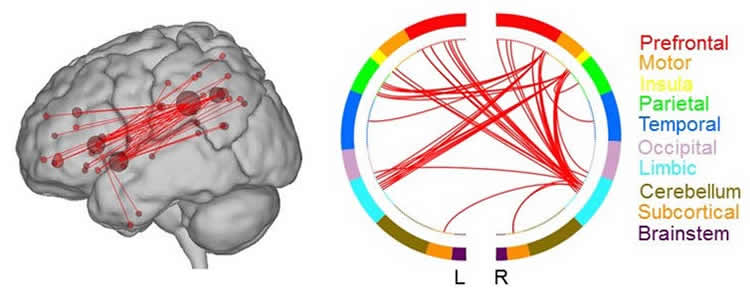6 Easy Facts About Beyond Imagination: Tracing the Roots of Human Creativity Described

From Brain to Brushstroke: Looking into the Science behind Artistic Expression
Fine art has been an essential part of individual society for thousands of years. From cavern art work to Renaissance showpieces, artistic phrase has astounded audiences and offered as a means of interaction and self-expression. But have you ever before thought about what goes on in the mind of an musician? How do they enhance their thought and feelings and emotions right into brushstrokes on a canvas? In recent years, scientists have begun to delve in to the fascinating world of fine art and check out the science behind imaginative articulation.
where does creativity come from of research that has obtained substantial interest is the research of mind task during creative production. Using techniques such as operational magnetic resonance image resolution (fMRI), analysts have been capable to review which regions of the human brain are triggered when individuals interact in creative activities. This has supplied useful ideas into how our brains process and produce creative tips.
One study conducted at Stanford University discovered that when musicians make fine art, their human brains exhibit increased task in the prefrontal pallium, which is liable for higher-order intellectual functionality such as decision-making, problem-solving, and self-expression. This recommends that performers may depend heavily on these intellectual processes when converting their ideas and emotions into aesthetic form.
Furthermore, researchers have uncovered that different types of creative phrase may switch on unique neural networks within the human brain. For example, a research released in Frontiers in Human Neuroscience located that songs make-up turns on different brain locations reviewed to aesthetic art development. This suggests that different fine art forms may engage special intellectual processes, highlighting the varied nature of creative articulation.
Another element experts are intrigued in looking into is how emotional states determine creative creation. Emotions participate in a crucial duty in molding our take ins and beliefs, featuring those related to craft. A study conducted at Johns Hopkins University illustrated that when people were shown mentally demanded images while producing art work, their creations showed a lot more rigorous mental content reviewed to those who were not left open to psychological stimulations. These findings recommend that emotions can easily exceptionally influence an musician's creative outcome, affecting the mood and content of their job.
In add-on to researching human brain activity and emotional states, scientists have additionally looked into the function of experience in artistic articulation. It is widely recognized that practice and take in are vital for building imaginative capabilities. Nonetheless, scientists have sought to uncover how experience shows up in the mind. A research study posted in NeuroImage discovered that very skillful artists showed improved connection between human brain regions involved in graphic assumption, focus, and electric motor management. This advises that considerable training can easily lead to enhanced control between these places, making it possible for performers to implement their imaginative sight along with greater precision.
The scientific research behind creative expression is not limited to understanding the interior workings of the performer's mind; it also extends to the target market's perception and interpretation of craft. Analysts have discovered how people react to various kinds of craft and why particular art work elicit solid emotional reactions. Making use of approaches such as eye-tracking technology, scientists have been able to study where people center their focus when checking out artworks. This investigation has presented that audiences usually tend to devote even more time looking at locations of high graphic intricacy or points of enthusiasm within a item. These searchings for aid us know how performers can easily efficiently lead our look and stimulate certain emotions through their option of composition and subject matter concern.
Additionally, research studies have exposed that cultural background and individual experiences mold our analysis of fine art. A research study conducted at New York University discovered that individuals coming from different cultures display unique neural actions when viewing abstract art work. This recommends that our cultural upbringing effect how we regard and cherish craft.

In verdict, the scientific research responsible for creative articulation is a rapidly expanding area that gives important ideas into how our minds process and produce art. With researching brain activity, emotional states, knowledge, viewers viewpoint, and social influences, scientists are unraveling the enigmas behind what helps make art so exciting and effective. Through understanding these rooting devices, we can acquire a much deeper recognition for creative articulation while likewise dropping illumination on fundamental aspects of human knowledge and ingenuity.
